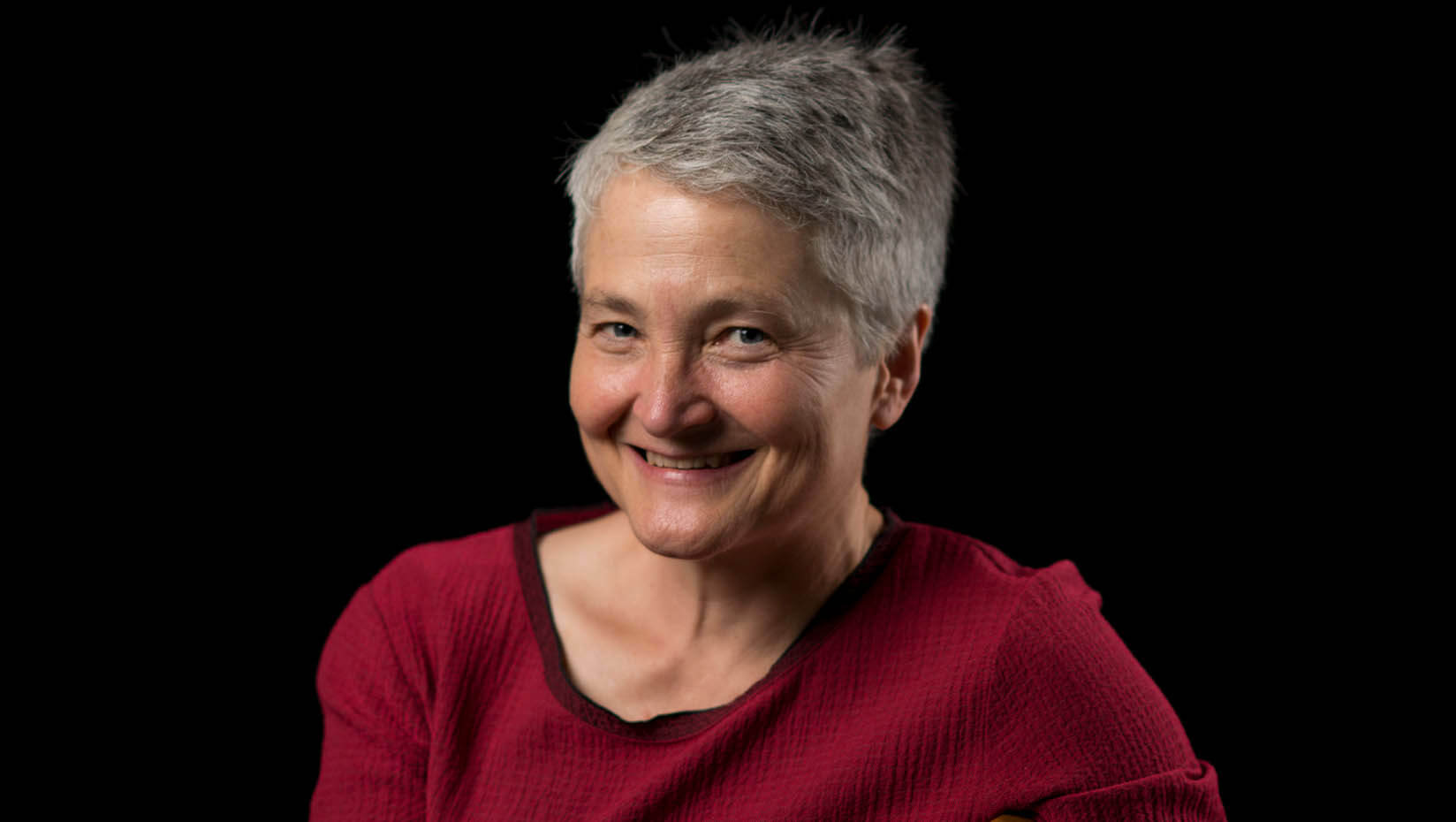
Knowles developing website to tell the story of Holocaust victims through places
Anne Knowles believes that places provide important information about historical events. The University of Maine professor and graduate coordinator in the History Department has made an academic career studying the relationship between geographical circumstances and major societal shifts, exploring topics from Welsh emigration to the United States to why American entrepreneurs struggled to match the productivity of the British iron industry. Now, Knowles is working with a team of historians and geographers to create a digital platform for students and educators to trace the geographies of the Holocaust and connect victimsʼ stories to the places where they happened.
The project was recently awarded a $150,000 National Endowment for the Humanities (NEH) Digital Humanities Advancement Grant, which supports innovative, experimental or computationally challenging digital projects that can scale to enhance scholarly research, teaching and public programming in the humanities.
“I have been very fortunate to receive a number of NEH grants for my Holocaust research. This one will enable me to share the results of years of work with a global audience. Mapping history with GIS is now mainstream in the Digital Humanities. Itʼs exciting that the University of Maine can contribute to this important trend,” Knowles says.
While Nazi actions were often recorded and can be mapped with geographic coordinates, the places of Holocaust victim experiences are difficult to map because their locations are vague or unknown and can only be located relatively.
Knowles is working with collaborators, including Paul Jaskot, professor of art, art history and visual studies at Duke University, to create a website that will share 14 years of data combining GIS analysis with corpus and computational linguistics to explore the geographical connections between 1,111 SS camps, 1,142 Jewish ghettos, and approximately 4,000 Holocaust survivor testimonies.
Although there are now many websites about the Holocaust, none have provided detailed data on camps and ghettos that users can explore, as Knowlesʼ project will.
“Our project aims to teach spatial thinking while enabling students and scholars to do geographical research. By linking personal accounts to particular places, camps and ghettos will gain meaning and emotion,” Knowles says.
Knowles is a co-founder of the Holocaust Geographies Collaborative. In 2014, this interdisciplinary group produced the first book showing how geographic methods could illuminate the places and spaces of the Holocaust. This website, though, will host the most comprehensive data and maps of SS-administered camps and ghettos in German-occupied Eastern Europe, as well as connecting perpetrator actions to testimony, providing pedagogical assistance and supporting online mapping capabilities.
The website will enable users to toggle between close reading of personal accounts of the impact of changes to living spaces from transcripts of interviews and more distant regional and continental patterns of those changes as implemented by the Nazis and their collaborators. The goal of the website is to encourage users to think about the Holocaust in new ways by highlighting the shocking number, ubiquity, and variety of SS camps throughout the Reich beyond the well-known Auschwitz, and ghettoization across occupied Eastern Europe beyond large urban areas like Warsaw and Lodz.
All data on the website will be publicly available and downloadable. The website will also include materials that suggest ways to use the website in class assignments and in research.
“After years of writing and giving public lectures about the profound geographies of the Holocaust, I want to share the spatial insights Iʼve gained with the digital generation. Maps are a great vehicle for visual learning. We also want the website to enhance geographic literacy. Americans can better understand current events in Europe — such as the current war in Ukraine — if they learn about previous struggles in the region,” Knowles says.
Knowles says that her Holocaust research at UMaine has involved more than a dozen undergraduate and graduate students. This project will further student involvement by employing two Ph.D. students and enabling Knowles to hire several new student team members.
The final product will be on a public website hosted by the University of Maine. It will also be promoted on the websites of partner institutions such as the United States Holocaust Memorial Museum, the USC Shoah Foundationʼs Visual History Archive, Facing History and the Holocaust Education Foundation of Northwestern University.
Contact: Sam Schipani, samantha.schipani@maine.edu
